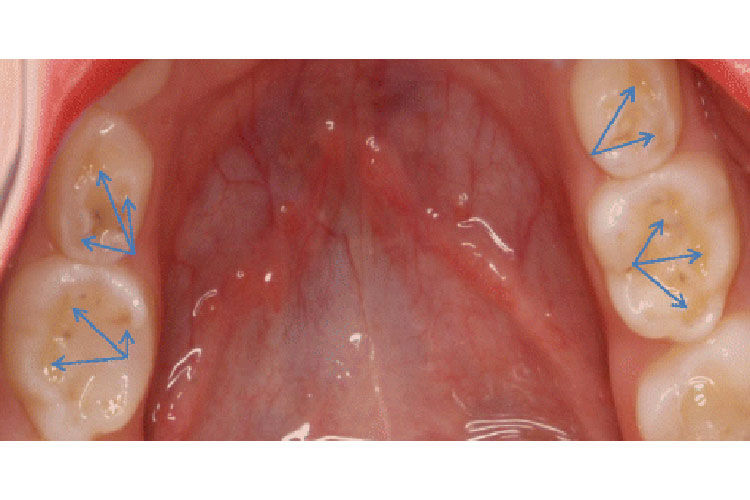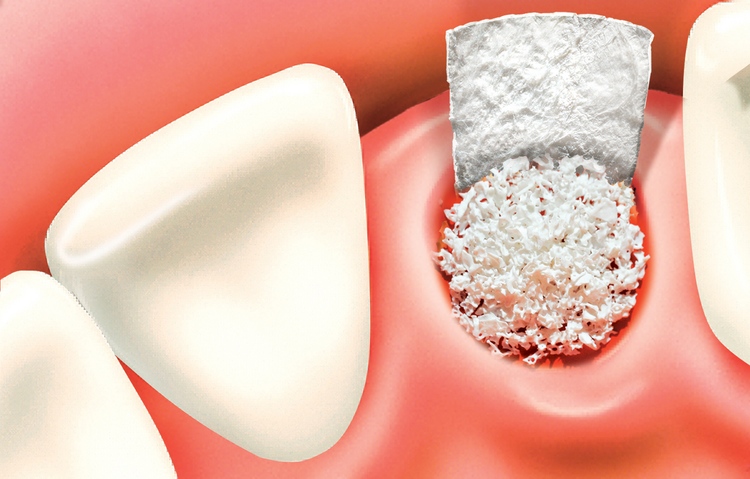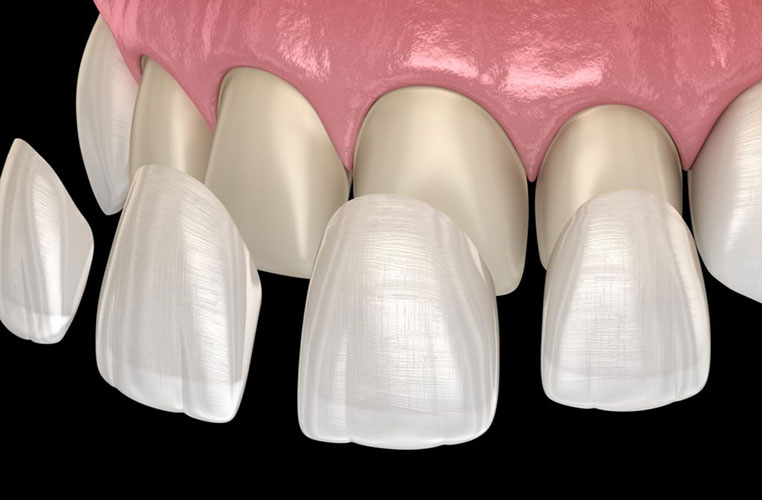
But what if the pain stays on and becomes intense days after the extraction? Is it still a normal after-effect of tooth extraction? The answer is no- it could be a symptom of a condition called dry socket.
What is Dry Socket?
Also called alveolar osteitis, dry socket develops to only a small 2% to 5% of the world population. A few days after a tooth extraction, dry socket may occur. The socket is the hole in the bone where the tooth has been removed. After pulling a tooth, blood clot forms in the hole/socket to serve as protection for the bone and nerves underneath the area. In some cases, the blood clot can dissolve or become dislodged way too early than it should, leaving the bone and nerves exposed to air, fluid, food and everything else that enters the mouth. This could eventually cause infection and severe pain which could last for 5 to 6 days.
Symptoms of Dry Socket
A closer examination of the site where the tooth was extracted would reveal a dry-looking opening. A whitish bone will be seen instead of a dark blood clot. Pain will start kicking in about 2 days after tooth extraction. Pain becomes more severe over time and the pain can radiate to the ear. Bad breath may also be observed and an unpleasant smell and taste in the mouth.
Available Treatment for Dry Socket
With dry socket, the extraction socket will heal slower than without dry socket. Treatment is directed mainly to relieve pain.
NSAID – Non-Steroidal Anti-Inflammatory Drug
NSAID such as ibuprofen or aspirin is recommended to ease the painful discomfort. If these over-the-counter pain relievers cannot reduce the discomfort, the dentist may prescribe a stronger drug or anesthetize the affected area.
Dental Cleaning and Medicated Dressing
The dentist can clean the tooth socket to remove any debris from the hole before filling the socket with a special paste or medicated dressing to promote healing. A daily change of the dressing is required until the socket starts to heal and the pain is reduced.
Antibiotics to Prevent Infection
If the dry socket shows signs of infection, the dentist may prescribe antibiotics to prevent the socket from becoming severely infected.
Natural Home Remedy
Some people try the natural way of treating a dry socket – rinsing with salt water or a special mouthwash to be used every day.
How to Prevent Dry Socket
The occurrence of dry socket may be prevented by:
-
Avoiding cigarettes, cigars and tobacco products as these are a big risk factor for dry socket
-
A dental patient taking birth control pills should request the dentist to perform tooth extraction on a day when estrogen is at its lowest dose. It is important to inform the dentist about all medications being taken before tooth extraction as they may interfere with normal blood clotting.
-
After a dental surgery, drinking through a straw and spitting for the first few days should be avoided.
-
Rinsing more than the dentist’s recommendation should also be avoided.
-
Rinsing should be done gently.
-
A visit to the dentist for follow-up is necessary.
- Understanding Dental Cupping on Molars: Causes, Prevention, and Treatment - August 14, 2024
- Bone Preservation: Essential for Strong Dental Implants - August 5, 2024
- Porcelain Veneers from Design to Finish - July 27, 2024









